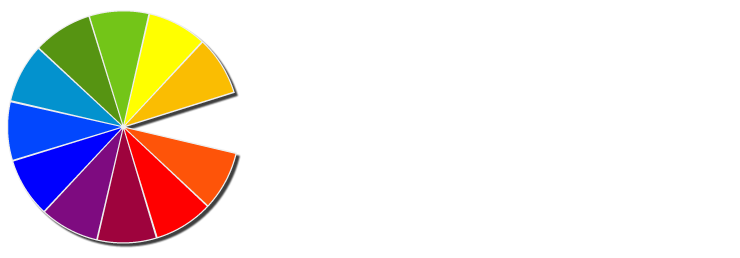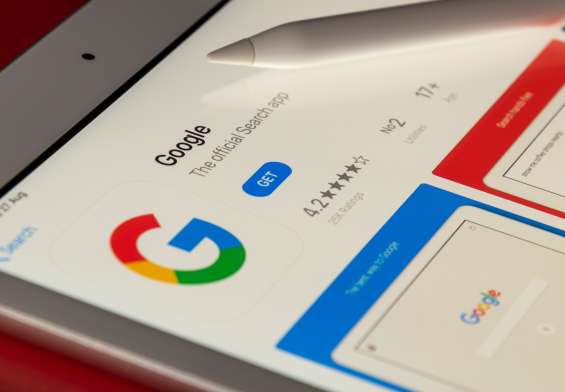Getting seen online is everything these days. About 53% of website traffic comes from search engines, but over 90% of pages never get any traffic at all. If people can’t find your business online, they’ll find someone else’s. That’s why it’s not enough anymore to use just one tool like paid ads or social media by themselves.
A full stack approach combines everything together for better, faster results.
Let’s say a local law office shows up in Google’s top results thanks to SEO, then retargets visitors with Facebook ads. Or an online store that brings in shoppers through blog posts, keeps them with email offers, and stays connected via social media.
But why does this matter? Because 50% of Google searches end without a click, and less than 10% of pages get traffic. To show up at the top, you need to invest in smart, connected marketing.
Whether you’re running a small local business or growing nationwide, a full stack internet marketing service illuminates the path forward.
What Is a Full Stack Internet Marketing Service?
A full stack internet marketing service is a one-stop shop for all your digital marketing needs. Instead of hiring different people for SEO, ads, email, and social media, you get one team that does it all and makes everything work together.
These services include:
- SEO (Search Engine Optimization) helps your business show up on Google by improving your website’s content, speed, and structure. Strong SEO feeds blog traffic, supports ads, and grows your brand over time.
- PPC (Pay-Per-Click ads) like Google Ads bring fast traffic. These paid ads show up at the top of search results while your organic rankings grow.
- Content marketing includes blogs and landing pages that answer questions people search for. Great content builds trust and supports your SEO and social campaigns.
- Email marketing without mistakes follows up with leads and stays in touch with customers through newsletters, offers, and automated sequences. They move people through the funnel from curious to ready to buy.
- Social media management builds your brand on platforms like Instagram and LinkedIn. Consistent posting and engagement with the right social media marketing company drives traffic and keeps your message visible.
- Website analytics show what’s working through tools like Google Analytics, so your team can adjust strategies for better results.
- Conversion rate optimization (CRO) turns visitors into customers by improving button placement, page layout, and calls-to-action.
Things get messy and discombobulated when they’re spread across several services. They’re spread too thin if your SEO target one audience while ads focus on another. With a full stack approach, one team sees the big picture and adjusts strategies in real time.
Search Engine Optimization
Successful digital marketing builds on the foundation laid by SEO. It helps your business show up when people search for what you offer. Without SEO, people won’t find your website, even if it looks great.
Over half of online traffic comes from organic search, and Google’s first result gets 30% of clicks. But 91% of pages get no traffic because they don’t rank high enough.
A full stack service starts with SEO because it supports everything else:
- Blog content brings more readers
- Paid ads cost less with a stronger site
- Email and social campaigns lead to pages that convert
Real examples:
- A personal injury lawyer targets “car accident lawyer in Morristown” and publishes helpful crash advice, bringing in clients already seeking legal help
- A contractor optimizes for “kitchen remodeling near me” to appear in local searches when people are ready to hire
- An ecommerce store ranks for “eco-friendly workout clothes” to attract active shoppers without paying for every click
SEO takes time, but once working, it delivers ongoing traffic and leads. It builds trust and supports every other marketing channel. Learn more about what local SEO is and why your business needs it.
Pay-Per-Click Ads
Pay-Per-Click advertising is the fastest way to bring traffic to your website. If SEO provides delayed gratification, PPC ads bring instant gratification.
That instant gratification is powerful. In some industries, ads bring in 30% or more of sales. You can target by keywords, location, job titles, and interests, paying only when someone clicks.
In a full stack strategy, PPC gets fast results, tests ideas, and supports other channels:
- Show up in searches immediately, even with a new site
- Test messages and offers before adding them elsewhere
- Get instant feedback on competitive keywords
Examples:
- A roofing company runs “emergency roof repair near me” ads after storms while SEO works in the background
- A cosmetic dentist uses Instagram ads with before-and-afters for quick leads while maintaining long-term SEO visibility
- An ecommerce store promotes seasonal offers through paid search, using campaign data to improve SEO and email
PPC also stretches your budget when combined with other tools. Results come within hours, and the data improves every part of your marketing.
Email Marketing
Email marketing is one of the most reliable ways to stay connected with your audience. It’s not flashy, but it delivers one of the highest returns on investment.
People check email daily. When you send helpful, relevant messages, you build trust, drive repeat visits, and increase sales. Email guides leads through buying and keeps your brand in their heads when they want to buy something.
In a full stack approach, email connects with content, ads, and your website to:
- Send the right message at the right time automatically
- Follow up with visitors who didn’t buy
- Turn one-time visitors into long-term customers
Examples:
- A medical spa follows up with skincare guide downloads, sending treatment coupons a week later
- A realtor sends automated sequences to home valuation requests with selling tips and neighborhood trends
- An online store recovers abandoned carts with discount follow-ups
Best of all, you own your email list. Unlike social media where algorithms change, your list is yours to grow and use. Get started with email marketing in NJ and don’t underestimate its power as a long term investment.
Social Media
Social media is where people learn about products, check reviews, and decide if businesses are trustworthy. It’s where customers expect to interact with brands and see what you’re about.
Social media marketing works by building awareness, driving traffic, and keeping you visible daily. It’s like a bridge between channels. A full stack online marketing agency shares blog content, promotes email signups, and boosts ad reach.
Social connects with everything in an internet marketing service:
- Blog content becomes post ideas
- Email campaigns drive followers to exclusive offers
- Ads get lifted by organic engagement
Examples:
- A fitness studio shares workout videos on Instagram, promotes referrals in stories, and links to blog content with trial signups
- A B2B company builds LinkedIn trust by sharing wins and answering questions while running matching paid ads
- A restaurant posts behind-the-scenes content and promotes events to drive walk-ins and email signups
Social gives your business a voice. When you’re part of the conversation, people are more likely to listen, follow, and buy.
Why Everything Works Better Together
Each too can work alone. But managed under one internet marketing agency’s strategy, they work better. Instead of juggling separate teams and disconnected campaigns, you get one team seeing the full picture.
It’s like building a house. SEO lays the foundation. PPC gives fast results while it sets. Email keeps people coming back. Social builds trust. Content ties it all together.
How an internet marketing agency works:
- Blog posts are written for SEO, promoted on social, and shared through email
- PPC ads drive traffic to landing pages, providing data on what works
- Email uses insights to follow up and convert leads
- Social keeps audiences engaged between touchpoints
- Everything is tracked in one place for quick adjustments
Imagine a real estate team that ranks for “homes for sale in Bergen County” through SEO. At the same time, they’re running Google Ads for “buy a home in Ridgewood.” Visitors get a homebuyer guide, join an email series with tips, and see Facebook ads with open houses. This coordinated approach brings qualified leads from every angle.
This coordination only happens with one team managing everything. No crossed wires, repeated work, or wasted budget. Just a clear plan with every piece working toward growth.
A full stack service gives you:
- Better budget use across channels
- Faster feedback on results
- Smoother audience experience
- Consistent messaging
- A system that grows with you
When marketing channels connect, everything gets easier and results improve.
Go Full Stack
If you’re using just one or two marketing tools, you’re only reaching part of your audience. Competitors will snatch up the rest. A full stack internet marketing service gives you a complete way to grow.
Instead of guessing, you get a data-backed plan. Instead of disconnected efforts, you get a system where SEO brings traffic, PPC gets quick wins, email converts clicks, and social builds trust.
Whether starting out or scaling up, a full stack approach helps you spend time and money where it counts. It delivers more leads, stronger results, and long-term growth without managing it all yourself.
If your current marketing feels disconnected or stuck, it might be time for a change.
Want to use the right mix of tools? Talk to a team that does it all, and builds it to last.





